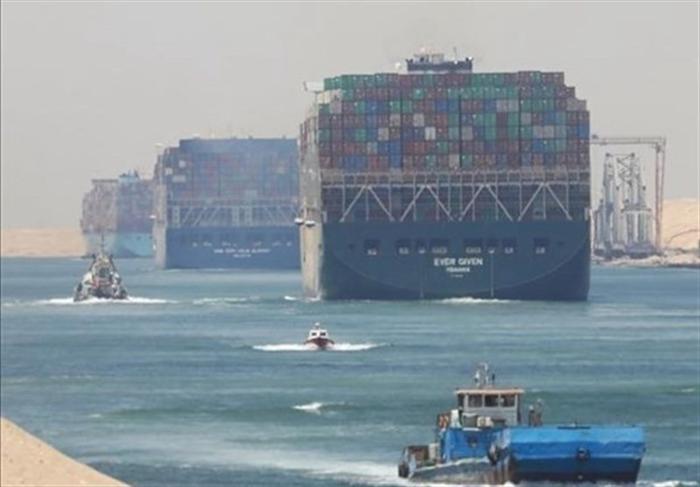More ships and more containers needed for 'feverish' box shipping sector
Supply in container shipping has become “febrile and extreme”, according to analysts at Transport Intelligence (Ti), as the sector lurches between a surge in the requirement for capacity and a large increase in the supply of new vessels.
Stanley Smulders, director of marketing and commercial for ocean carrier ONE, told that the Red Sea crisis had upset the balance of supply and demand in ocean shipping.
“In our industry, the market prices are normally set by supply and demand. Demand is easy – either it is up, or it is down. But the supply side is different.
“Pre-Red Sea closure, you needed 12 ships to sail weekly from Asia to Europe, you now need 15 to provide customers with a weekly sailing. So, the tonnage capacity has been reduced as a consequence, and that has upset the balance between supply and demand in favour of the supply side,” he said.
He added that additional tonnage wouldn’t come cheap.
“What you also see is if the spot rates are going up because of the supply and demand situation, charter rates of vessels have gone up – this means that carriers face a significantly higher cost base. But shipping lines will pay these rates, because they know they can get a higher revenue. Otherwise, they wouldn’t charter them.
“We want every single ship to sail,” he concluded.
According to Alphaliner data, MSC charters 50.3% of its fleet, Maersk 41.1% and ONE 58.6%. Hapag-Lloyd charters the fewest of the ten major carriers, at 40% of its fleet, whereas Zim comes in at the other end of the spectrum, with 94.6% of its fleet chartered.
